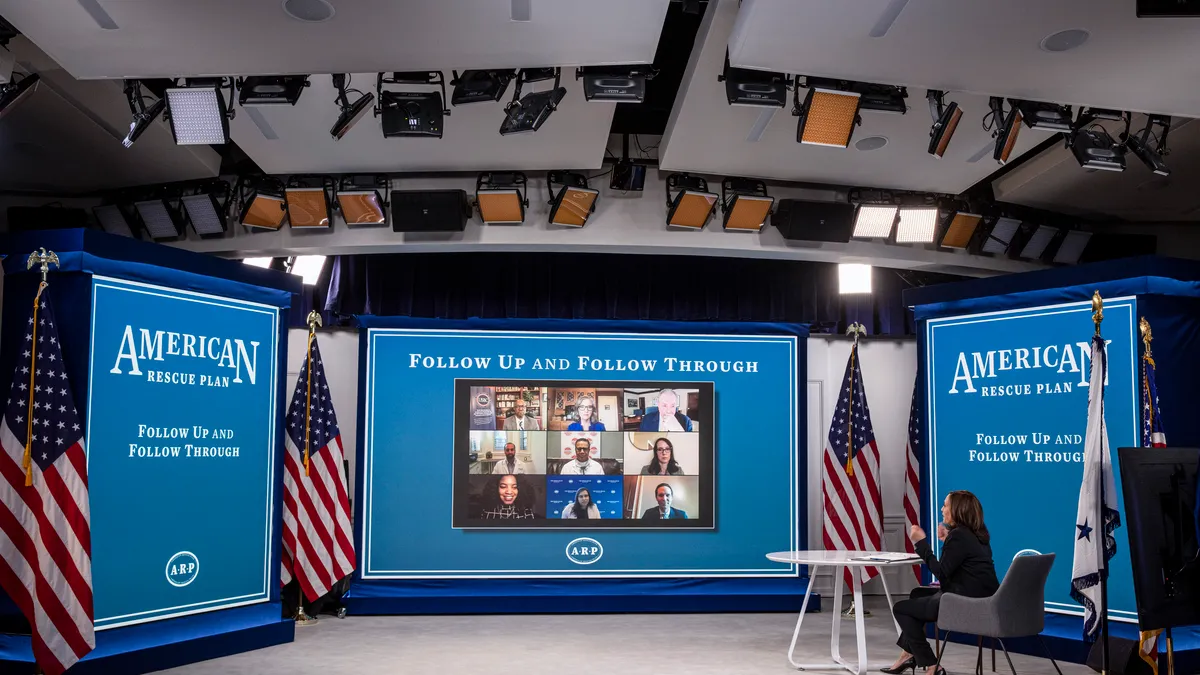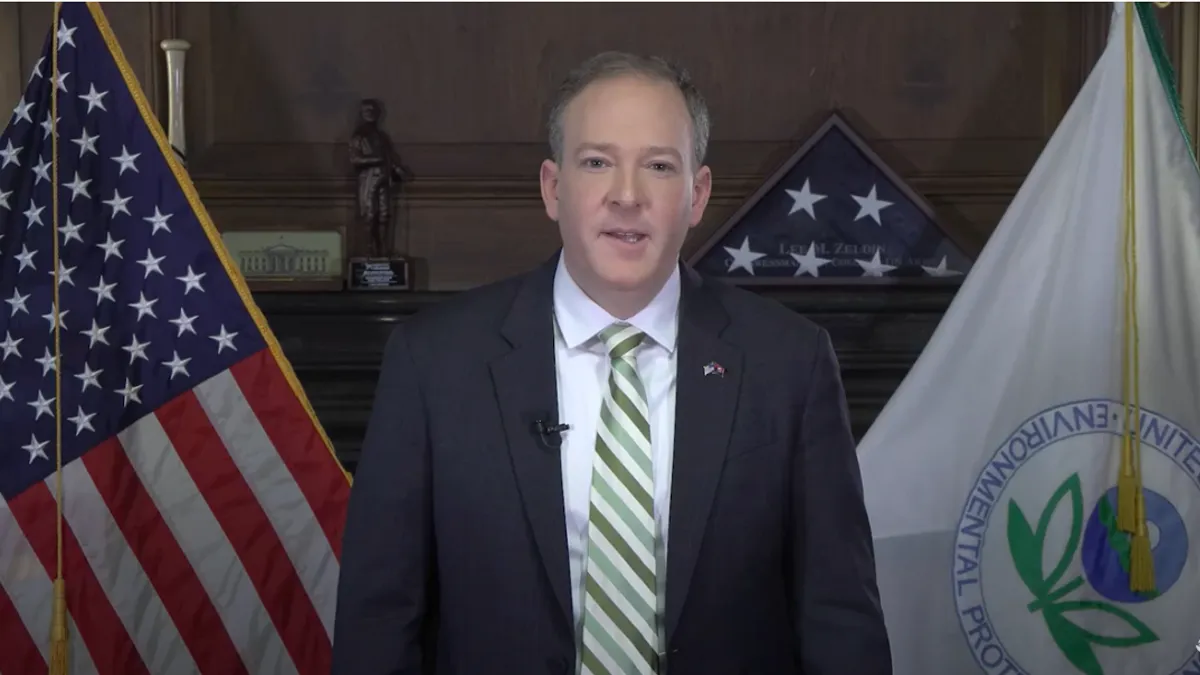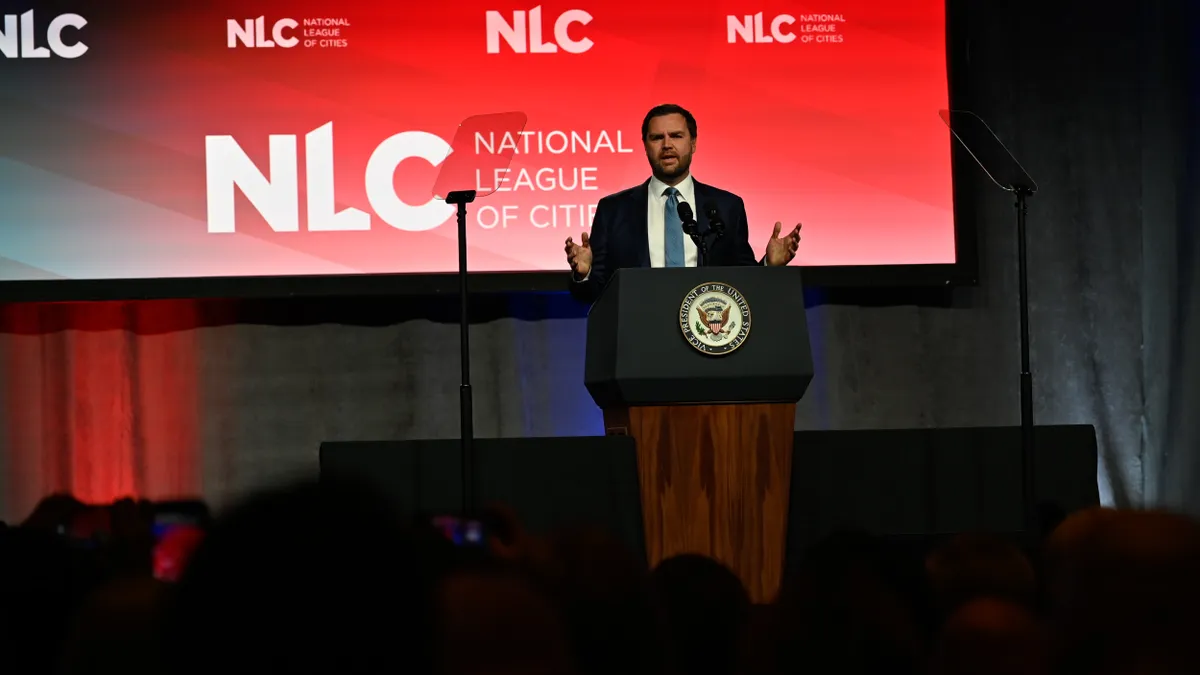In the little over two months since President Joe Biden signed the American Rescue Plan and thus allocated $350 billion for states, counties, cities, and tribal and territorial governments, local leaders have been busy weaving the funds into upcoming budgets or otherwise drawing up spending plans.
Only last week did the U.S. Treasury release a much anticipated interim final rule shedding additional light on how, exactly, governments can use those funds. Additionally, beneficiaries can now request an initial tranche of their calculated allocations, making it possible for them to soon receive money set aside in March.
Last year's Coronavirus Aid, Relief, and Economic Security (CARES) Act funds were largely intended for bolstering public health response in the thick of the pandemic. To the appreciation of local leaders now, however, the U.S. Treasury says the main objectives of this portion of American Rescue Plan funds are not just to help bring the pandemic under control, but are more broadly to replace lost revenue to help continue vital public services and retain jobs, support immediate economic stabilization for households and businesses, and address systemic public health and economic challenges that contributed to inequities during the pandemic.
The newly released 151-page Treasury rule goes into more detail. "We're still going through the guidance with a fine-tooth comb, there's a lot in there," said Sarah de Wolf, deputy finance director for the City of Philadelphia. It's more guidance than was available upfront with CARES, she said, and "from a [planning perspective] that makes it easier for us, even knowing that some things may change."
As Philadelphia is working through its own plans for how it will manage funds from the new, one-time federal program, it's collaborating with a handful of other cities through a newly formed cohort dubbed Stimulus Command Centers.
In light of the passage of the American Rescue Plan, three organizations — the U.S. Conference of Mayors, the Los Angeles-based Accelerator for America, and Drexel University’s Nowak Metro Finance Lab — created the Stimulus Command Centers program to encourage communication and assistance between cities seeking to amplify the impact and inclusivity of stimulus spending.
The "absolute scale of this thing" is "awesome," said Accelerator for America President and CEO Aaron Thomas. At the same time, "It's been a long time since the federal government has invested in cities in this way. So we want to make sure to help mayors be able to maximize instead of being kind of inundated by it." Los Angeles, St. Louis, and Birmingham, Alabama, are among the group.
In some cases, that concern about being inundated is the result of smaller-than-normal and burned-out city staffs facing responsibility for handling distribution of funds. Many cities cut positions during the pandemic amid financial constraints, stretching remaining employees thinly.
Dayton, Ohio, another Stimulus Command Center, is supposed to receive almost $140 million as a result of the American Rescue Plan — an amount equal to three-quarters of its annual budget's general fund, according to City Manager Shelley Dickstein.
"It’s both exciting and terrifying," Dickstein said. "It's an enormous responsibility… How do we structure this funding so that there's a sustained impact 10 years from now, both to the organization as well as to the community?"
The city had to cut $18 million out of its 2021 budget, Dickstein said, and with personnel being the city's greatest expense, it eliminated some 200 positions.
"So this money is also coming in at a time when we have the least capacity within the organization and the great burden of, how do we build capacity to even deploy $140 million appropriately to the organization and to the city?" Dickstein said.
American Rescue Plan funds are to be used by the end of 2024. The one-time nature of the program means the city wants to be careful not to fund ongoing operations or create new positions that may prove unsustainable once those funds are finished. Rather, among the priorities guiding Dayton's spending decisions are more long-term investments that keep in mind legacy issues stemming from systemic racism or poverty, she said.
In Philadelphia, the city set up a recovery office last spring around the time of the passage of the CARES Act, a similar step it took in response to the 2008 recession. de Wolf became a recovery officer in addition to her work as deputy finance director, just as many of the other people staffing the recovery office have other day jobs, she said. “I think we're in a similar place to other cities in that we couldn't afford to just [create] a 20-person recovery office." Philadelphia also hired an outside disaster-recovery consultant to get extra support as needed without adding full-time staff.
While cities hope to support many interesting new programs using ARP funds — from Charlottesville, Virginia’s aim to have fare-free transit for three years and San Diego’s “Sexy Streets” program to fix roads in underserved areas to New York City’s New Deal-inspired Cleanup Corps — another reality is the importance of those funds simply for revenue replacement. Philadelphia is heavily reliant on a wage tax, de Wolf explained, so pandemic-driven unemployment in the city has also been a hit to city revenue, making revenue replacement a priority as the city plans how to use its funds.
For about the next two months, the Treasury will accept feedback from cities and others on its latest thinking regarding use of the funds and how to further refine it.
Demand for more information is noticeably high, said Irma Esparza Diggs, director of federal advocacy at the National League of Cities. The organization has dedicated staff to this effort on a full-time basis just to handle the incoming questions. A call that NLC hosted after Treasury officials released the interim final rule drew over 3,000 participants. "We're essentially building this plane and flying it at the same time," she said.



















